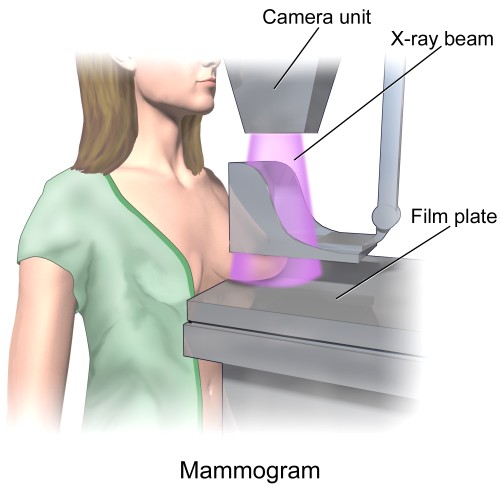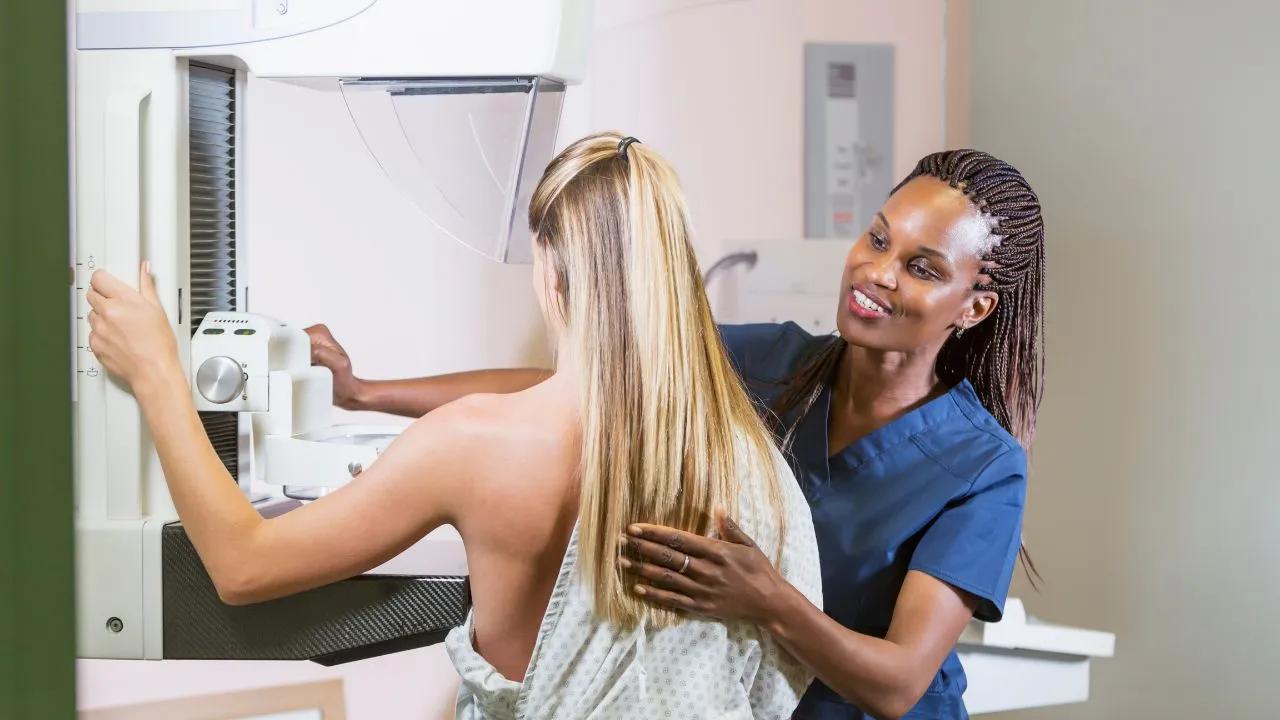Mammograms serve a vital role in health protection, notably for those over 40 or with a pronounced risk of breast cancer.
They may, however, present a financial burden, as typical charges vary from roughly $60 to $350.
For those lacking insurance, there exist avenues to secure cost-efficient or even complimentary mammograms. Here are a few:
- The National Breast and Cervical Cancer Early Detection Program (NBCCEDP) represents an initiative by the Centers for Disease Control and Prevention (CDC). It offers low-income, uninsured, and underserved women a gateway to screening and diagnostic services for breast and cervical cancer. This service extends across all 50 states, the District of Columbia, six U.S. territories, and 13 Native American/Alaska Native tribal organizations.
- Several national cancer assistance organizations also offer financial help or pathways to complimentary mammograms. These include Susan G. Komen Foundation Affiliates, the American Cancer Society, American Breast Cancer Foundation, The National Breast Cancer Foundation, and Planned Parenthood.
- Your local health department, community health center, or hospital may provide additional options for complimentary or cost-reduced mammograms in your vicinity. They may organize special programs or events, particularly during breast cancer awareness month (October).
How Much Does a Mammogram Cost?

Cost of a Screening Mammogram
| State | Self-reported cost of a screening mammogram for people without insurance | Self-reported cost of a screening mammogram for people with private insurance |
|---|---|---|
| California | $80, $160, $210, $330 | Likely $0, for people over 40 years old $105 through one hospital system |
| Florida | $99, $100, $143, $250 | Likely $0, for people over 40 years old |
| Illinois | $90, $100 | Likely $0, for people over 40 years old |
| Massachusetts | $0, $80, $90, $210, $220, $380 | Likely $0, for people over 40 years old |
| Ohio | $70, $80, $93, $160, $170 | Likely $0, for people over 40 years old |
| Texas | $65, $170 | Likely $0, for people over 40 years old |
Cost of a Diagnostic Mammogram
| State | Self-reported cost of a diagnostic mammogram for people without insurance | Self-reported cost of a diagnostic mammogram for people with private insurance |
|---|---|---|
| California | $290 | $265, $300, $403, $469, $500, $730, $1788 |
| Florida | $168, $185 | $187, $550 |
| Illinois | $150, $660 | $627, $660 |
| Massachusetts | $240 | $500 |
| Ohio | $345, $400 | $300 |
| Texas | $638, $1046 | $336, $360, $430, $836 |
The price of a mammogram relies on various factors: the type of mammogram (screening or diagnostic), facility location, and insurance coverage.
For individuals without insurance, the typical price for a mammogram ranges from $65 to $330.
The cost may increase for a diagnostic mammogram, depending on your healthcare provider’s requirements.
If you possess health insurance, your insurer must cover a screening mammogram every one to two years if you are 40 years of age or older.
The specific cost under your insurance plan may vary, including factors such as the plan type and deductible, ranging from $0 to $100.
Certain facilities may provide discounts or payment arrangements for patients who are unable to afford the full expense of a mammogram.
Additionally, you can explore the aforementioned programs and organizations for low-cost or free mammogram options.
Where can I find low-cost or free mammograms?
To find low-cost or free mammograms, you can consider the following options:
Government Programs
Government programs offer potential assistance through the National Breast and Cervical Cancer Early Detection Program (NBCCEDP), administered by the Centers for Disease Control and Prevention (CDC). Eligibility for this program can be determined by checking your qualifications. The NBCCEDP aims to allocate funds to support localized screening initiatives in diverse states, territories, and indigenous organizations.
Medicaid
Determine your eligibility for Medicaid, as it may cover mammograms. Visit your state’s Medicaid website to learn more about the coverage and eligibility criteria.
National cancer organizations
Reach out to national cancer organizations for information on low-cost or free mammograms. These organizations include:
American Breast Cancer Foundation
They offer financial assistance through their Breast Cancer Assistance Program.
American Cancer Society (ACS)
Contact the ACS to inquire about patient resources in your area. They can be reached at 800-227-2345 or through live chat.
Susan G. Komen: Get in touch with the Komen Breast Care Helpline at 877-GO-KOMEN (877-465-6636) or [email protected] to learn about affordable screening services near you.
National Breast Cancer Foundation: Explore their National Mammography Program, which provides information on facilities offering free mammograms.
Local Options
During Breast Cancer Awareness Month in October, many imaging centers and hospitals provide mammograms at reduced rates or for free. Contact local imaging centers and hospitals to inquire about any special programs or discounts. Additionally, ask your doctor if they are aware of patient assistance programs or low-cost screening services in your area.
Remember to provide your location-specific information when contacting these organizations or facilities to ensure accurate guidance tailored to your region.
Does low cost mean lower quality?
No, Mammograms don’t necessarily have lower quality just because they are low-cost. In the United States, all mammography facilities must adhere to the quality standards established by the Mammography Quality Standards Act (MQSA).
These regulations guarantee that the personnel conducting and interpreting mammograms are highly skilled and trained.
Moreover, the facilities are required to maintain accurate records and implement quality control programs.
In case of abnormal mammograms or biopsy results, there are established systems to ensure proper follow-up.
The level of care and quality of mammograms should remain consistent, whether you choose a free or low-cost facility or a more expensive one.
The MQSA regulations and regular inspections play a crucial role in upholding the quality standards across all mammography facilities, irrespective of their cost.





